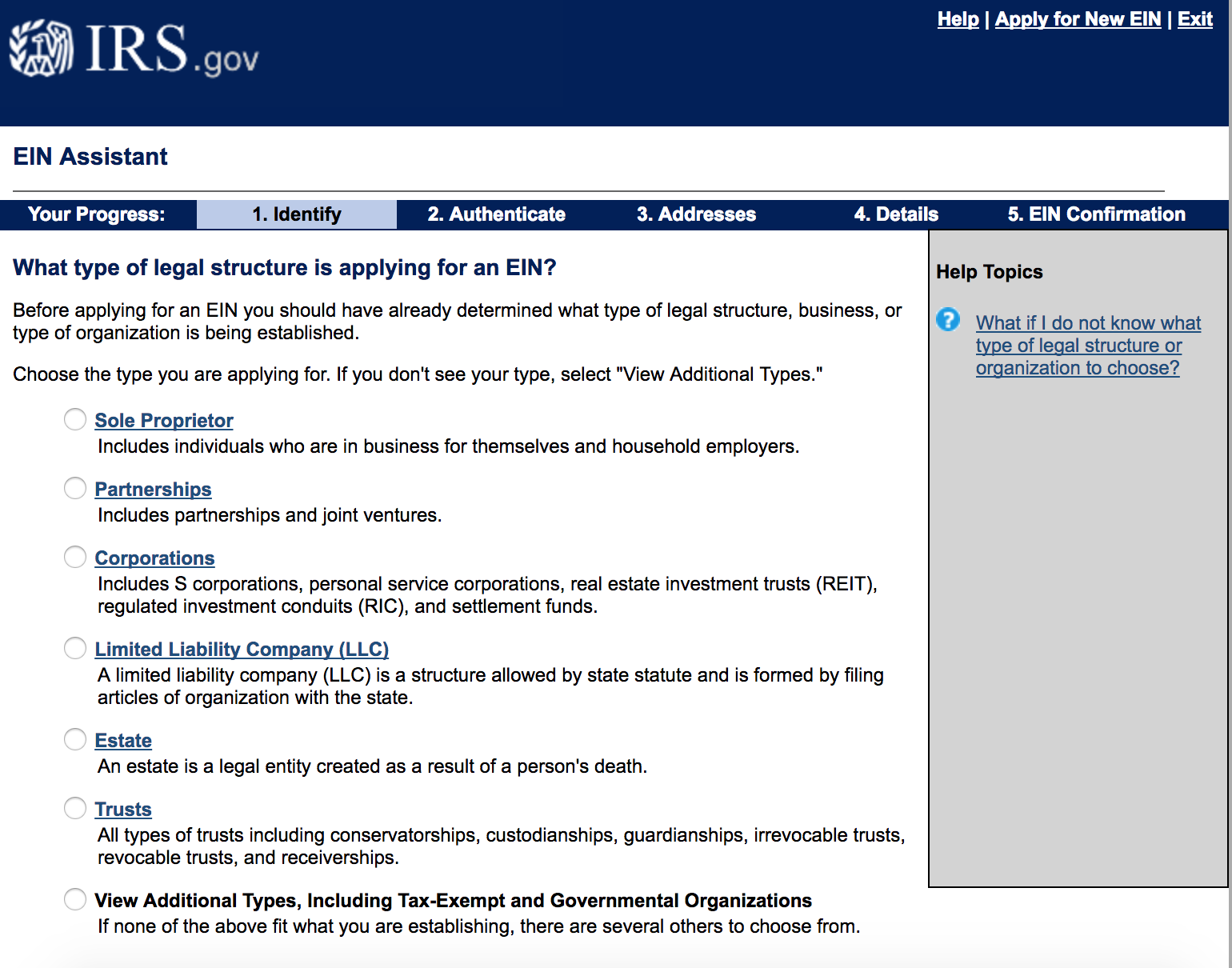How to Set Up Payroll for Your Small Business in 9 Steps

Setting up payroll for small business seems easy, but there are a number of steps involved that growing small businesses need to be aware of. Missing one of these steps can lead to costly fines and penalties. That’s why we’ve created this easy-to-follow, nine-step guide on how to set up payroll for your small business.
As you learn how to set up payroll, you should check with your accounting professional to make sure you are meeting all the requirements for your particular situation. An attorney with knowledge of the labor laws for your state is also a valuable resource during the process of setting up a payroll system.
Nonetheless, our guide to setting up payroll can help you more confidently approach this exciting but daunting process that will ultimately allow you to hire the help you need.
Here’s how to set up payroll for your small business in nine steps:
How to Set Up Payroll for Your Small Business
As a reminder, setting up payroll for your small business is a precise, intricate process. These nine steps on how to set up payroll will serve as an outline to the process, but every small business will have their own requirements and logistics to address as they set up payroll for the first time. Be sure to consult an expert that’s familiar with the ins and outs of your business so that you can be sure you’re setting up your payroll perfectly.
Step 1: Review the U.S. Department of Labor website.
There are certain rules that pertain to most businesses in the United States. These rules include the minimum wage law, the Family and Medical Leave Act, and overtime rules, just to name a few.
Start setting up your payroll for small business by reviewing the Topics section of the U.S. Department of Labor website. Then, navigate over to the elaws FirstStep Poster Advisor section of the DOL website to determine which posters you need to display so that you’re in compliance with federal employment regulations.
Step 2: Review the department of labor website for your state.
While the U.S. Department of Labor regulates federal employment law, each state has their own labor regulations. You must be mindful of both federal and state laws as you set up payroll for your small business.
What if your state’s department of labor website gives information contradictory to what you see on the U.S. Department of Labor website? Generally, the law favors the employee, and so you should comply with the rules that most benefit the employee. For example, federal law dictates overtime should be paid once an employee exceeds 40 hours in a workweek. Some states, however, mandate overtime based on the number of hours worked in a day.
When in doubt, check with your accountant or a labor attorney versed in the laws for your state. This will not only keep you out of legal trouble, but it will help make sure your employees are treated fairly, which will in turn lead to a happier workforce.
Step 3: Determine your payroll schedule.
Most businesses run payroll weekly, biweekly, or semimonthly. Determine the schedule you want to use for your payroll. Keep the cash flow for your business in mind as you determine how frequently you want to pay your employees. There are strict laws regarding paying employees on time, and while you can change your payroll schedule, you shouldn’t do it too often.
Keep in mind the laws for your state may dictate the minimum frequency of your payroll schedule, so make sure you check your payroll schedule against the requirements on your state’s department of labor website.
Step 4: Write your employee handbook.
Now that you know which laws pertain to payroll in your state, it’s time to write your employee handbook. If the thought of writing anything makes you cringe, don’t fret. A number of online resources can help you craft your employee handbook, or you can engage the services of a human resources professional to write one for you.
Once written, I strongly encourage you to ask an attorney who specializes in employment law for your state to review your employee handbook. They’ll make sure your handbook does not contain any language that construes a contractual relationship between you and your employees. It will also ensure you have correctly understood the laws pertaining to payroll and employment issues in your state.
Step 5: Apply for Your Federal Employer Identification Number (FEIN or EIN).
Many sole proprietors use their Social Security Number for tax filing purposes. For employment purposes, though, you must use a federal employer identification number, or FEIN or EIN. Once obtained, your EIN is the number you will use on all business tax filings and forms. For this reason, many accounting professionals strongly encourage business owners to obtain an EIN as soon as they start their businesses.
If you don’t already have one, obtaining an FEIN is easy. You can apply online at the IRS website and get your EIN immediately.
While you’re on the IRS website, download Publication 15. This publication includes all the information you need to comply with federal withholding and reporting requirements.
Step 6: Apply for your state withholding and unemployment insurance accounts.
Depending on your state, you might be required to withhold state income taxes and pay into your state’s unemployment insurance fund. Some states have local withholding tax requirements as well.
You can often find the information pertaining to your employment situation on the websites for your state’s tax commission and unemployment security commission. Sometimes these websites are confusing and difficult to navigate, though. As was the case in Step 2, consult with your accountant or employment lawyer regarding the laws as they pertain to your state.
Once you determine what tax accounts you need, it’s time to apply for those accounts. Most states let you apply for these accounts online, though some still require you to fax or mail in your application. Allow up to four weeks for your state to set up your tax accounts and provide the numbers to you.
Step 7: Enter your payroll schedule and tax filing due dates in your calendar.
Now that you have determined your payroll schedule and applied for your FEIN, state withholding, and unemployment insurance accounts, you need to make sure you adhere to all the pertinent deadlines.
Start by entering your payroll dates on your calendar. Then, enter your payroll tax filing due dates. Keep in mind you might have different due dates for remitting taxes and filing information returns. Also, state deadlines might differ from federal due dates. Review all the information you have received along with your state withholding and unemployment insurance account numbers, as well as the Publication 15 you downloaded in Step 4.
Step 8: Decide who will administer your payroll.
Will you be handling payroll in house, or will you be using a payroll service provider? There are advantages and disadvantages to both choices.
Handling payroll in house gives you a bit more flexibility in regards to when you can process payroll. Payroll service providers often require lead times of three to five days and charge a rush fee if you don’t submit payroll information by their deadline. However, payroll service providers often assume all responsibility for the timely filing of tax payments and returns, and this is attractive to the busy small business owner.
If you choose to handle payroll in house, I strongly recommend using an online payroll platform, like Intuit Online Payroll or Gusto. This will streamline your payroll processing and help ensure all taxes are paid and returns filed on time.
At this point, you may be wondering why you went through Steps 1-6. In many cases, a payroll service provider will apply for your tax account numbers for you. Most payroll software programs remind you when it is time to run payroll, make tax payments, and file information returns. So why did you go through those first six steps if they could be automated?
In our experience, payroll for small business is most often set up incorrectly when the business owner has no involvement in the process. Working closely with a payroll service provider or using payroll software will streamline your ongoing payroll process, but it is still imperative for you to understand the requirements and laws as they pertain to your workforce.

Step 9: Hire your first employee.
Whew! You have all your required tax ID numbers, you have determined your payroll schedule, and your payroll system is now in place. Now it’s time to hire your first employee.
Once you have found and hired the perfect candidate, collect some information from them so that they can get correctly set up in your payroll system. Following is a list of the forms and identification you should get from each new hire:
- A properly completed Form W-4, to determine the amount of federal withholding tax to withhold from each paycheck. Note if your employee writes “Exempt” on Line 7—if so, you’ll need to obtain a new W-4 at the beginning of each year.
- A state withholding tax certificate, if required. Many states let you use Form W-4 for state withholding tax purposes.
- A properly completed Form I-9. Your employee will complete Section 1, and then you will complete Section 2. Carefully follow the rules regarding what documents are acceptable forms of identification for Form I-9. You may want to make copies of these documents and store them securely.
- Verify your new hire’s Social Security number. The Social Security Number Verification Service is free, but you do have to register to use the service. Verifying your employee’s Social Security number prevents name/SSN mismatches, which can lead to failed annual report submissions and increased processing costs.
- File a new hire report with your state, if required.
How to Set Up Payroll: The Bottom Line
Setting up payroll for your first employees is a big step for your small business. This milestone indicates your business is one step closer to functioning independently. Employees allow small business owners to do the things that truly build the business, instead of focusing on doing all the work themselves. And a small business’s payroll system should do the same—take busy work off of a small business owner’s hands so that they can continue to strategize and grow their business. Don’t let the prospect of setting up payroll for your growing team make you hesitate in hiring the help you need.
Now that you have undergone this thorough payroll setup process, you can focus on training your new employee. Your first payroll run will be smooth, and payroll will fit seamlessly into your operations. Congratulations, small business owner!

Billie Anne Grigg
Billie Anne Grigg is a contributing writer for Fundera.
Billie Anne has been a bookkeeper since before the turn of the century. She is a QuickBooks Online ProAdvisor, LivePlan Expert Advisor, FreshBooks Certified Beancounter, and a Mastery Level Certified Profit First Professional. She is also a guide for the Profit First Professionals organization.
Billie Anne started Pocket Protector Bookkeeping in 2012 to provide an excellent virtual bookkeeping and managerial accounting solution for small businesses that cannot yet justify employing a full-time, in-house bookkeeping staff.
Related Posts
- The Small Business Health Options Program: What Businesses Need to Know
- 7 Benefits of Letting Employees Work Remotely
- 6 Ways to Help You Hire the Best Employees—and Prevent Turnover
- The 7 Different Personalities in the Workplace (And How to Manage Each of Them)
- How to Let an Employee Go: Tips From Leading Entrepreneurs




